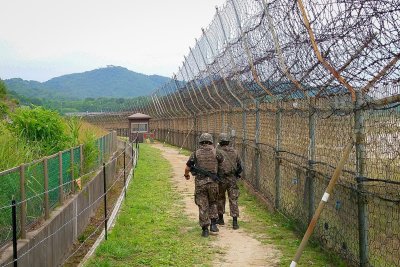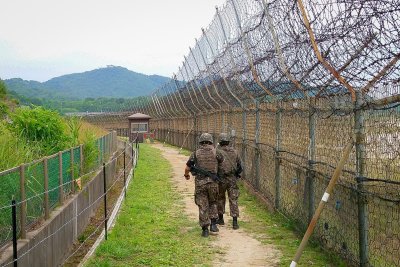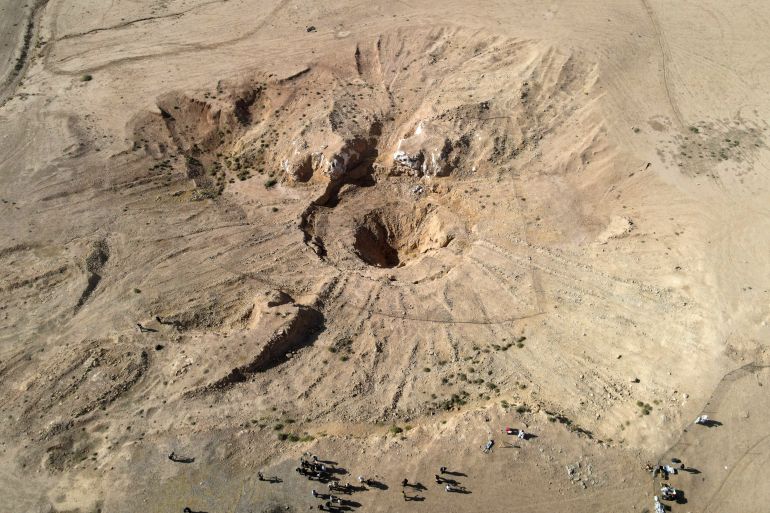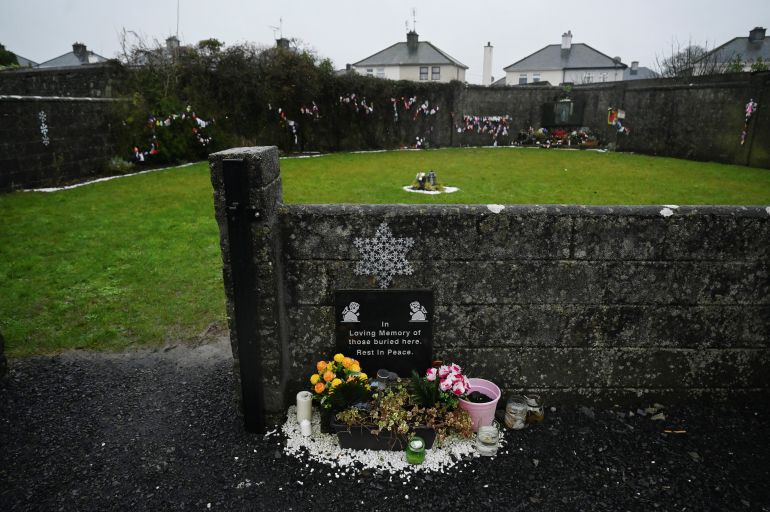South Korea resumes excavation of war remains at DMZ battle site

SEOUL, Oct. 15 (UPI) — South Korea on Wednesday resumed an excavation project for the remains of soldiers killed in the Korean War at a battle site in the demilitarized zone, its military said, as Seoul looks to improve frosty inter-Korean relations.
“As part of measures to ease military tensions between the South and the North, the Ministry of National Defense has resumed the excavation of remains around White Horse Ridge in Cheorwon, Gangwon Province, which was suspended in 2022,” the ministry said in a message to reporters.
“This is an effort to return the remains of soldiers killed in the Korean War to their families … and is a practical measure to transform the DMZ into a zone of peace,” the ministry said.
South Korean President Lee Jae Myung has made efforts to rehabilitate relations between the two Koreas since he took office in June, with conciliatory gestures such as removing propaganda loudspeakers from border areas.
Lee has also said he would take “proactive and gradual steps” to restore the 2018 inter-Korean military pact that was suspended amid tensions between Seoul and Pyongyang during the administration of President Yoon Suk Yeol in 2024.
The pact established buffer zones along the border and included measures such as the removal of some guard posts in the DMZ and the banning of live-fire exercises in certain areas.
In April 2018, Seoul and Pyongyang agreed to launch a joint project to retrieve remains of soldiers killed during the Korean War from Arrowhead Ridge, the site of one of the fiercest battles of the 1950-53 Korean War.
However, after the failed 2019 summit in Hanoi between U.S. President Donald Trump and North Korean leader Kim Jong Un, the North refused to participate.
South Korea began excavation work alone on the site in 2019 and retrieved remains of some 424 soldiers. Seoul later expanded efforts to White Horse Ridge, where teams found the remains of 67 soldiers, but the project was suspended in 2022 amid deteriorating ties with the North.




